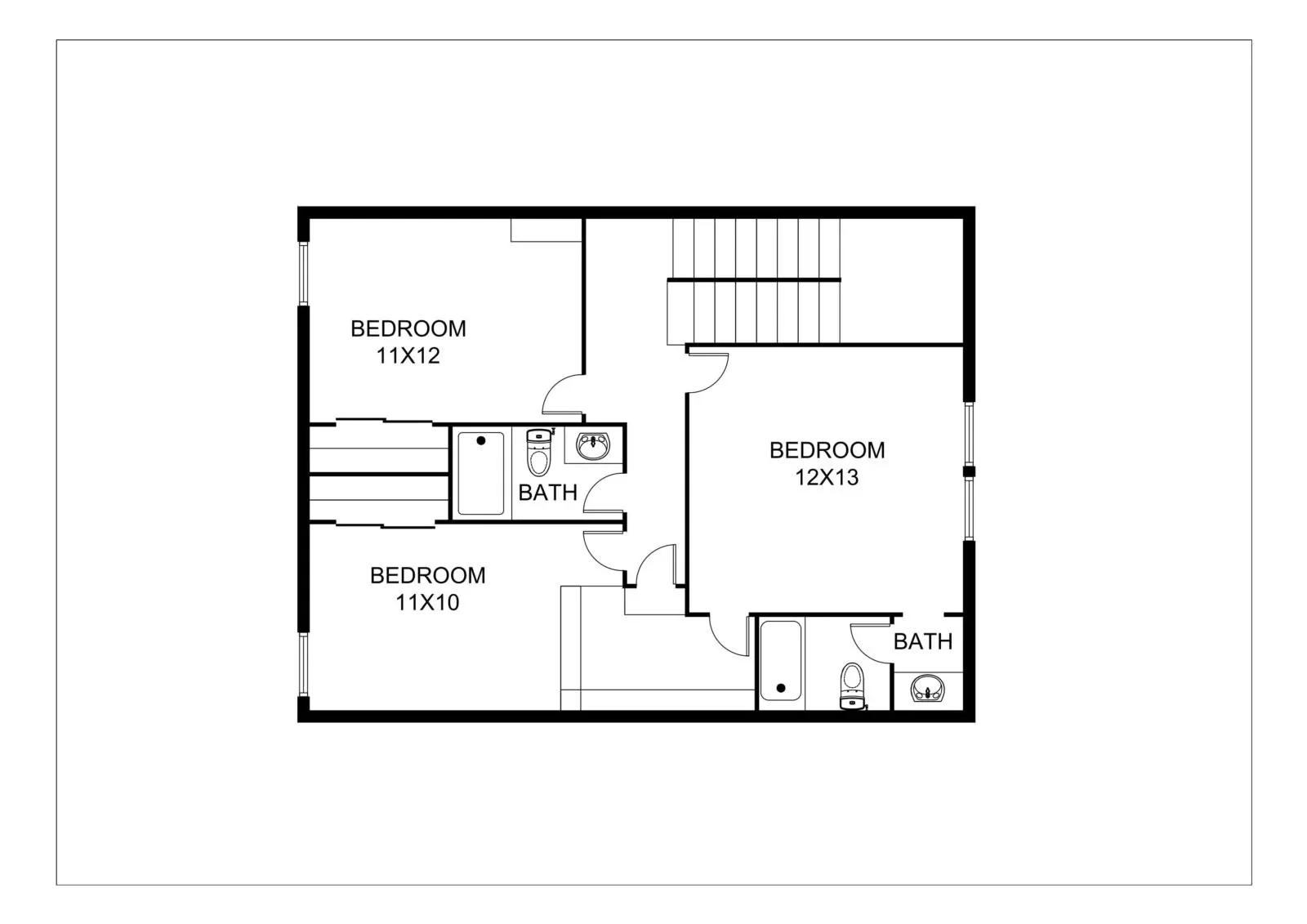Floor plan drafting unveils the intricate artistry behind architectural visualization, meticulously translating concepts into tangible blueprints.
This indispensable process intricately weaves together precision, creativity, and technical expertise to craft detailed layouts that map out the spatial configuration of a building. Each line and dimension serves as a roadmap, guiding architects, designers, and builders in transforming vision into reality.
From residential homes to commercial spaces, floor plan drafting serves as the cornerstone of architectural design, providing a comprehensive framework that balances functionality with aesthetic appeal.
Through this artful craft, spaces are brought to life, promising a seamless blend of form and function.
Floor Plan Drafting: Crafting the Blueprint of Architecture
Floor plan drafting is the meticulous process of creating detailed schematics that outline the spatial arrangement and dimensions of a building’s interior. It serves as the foundational blueprint upon which architects, designers, and builders rely to translate conceptual designs into tangible structures.
In this methodical endeavor, precise measurements and scale representations are used to accurately depict the layout of rooms, corridors, and other architectural elements. Drafters employ a combination of technical tools and artistic skills to convey both functional considerations and aesthetic nuances.
Floor plan drafting plays a pivotal role in various stages of the architectural process, from initial concept development to construction execution. It facilitates effective communication between stakeholders and ensures alignment with regulatory requirements and design objectives.
Ultimately, floor plan drafting is not merely about drawing lines on paper or screen; it is about capturing the essence of space and bringing architectural visions to life with clarity and precision.
Understanding the Mechanics of Floor Plan Drafting
Floor plan drafting is a meticulous process that involves several steps to create detailed schematics of a building’s interior layout.
- Conceptualization: Initially, architects or designers conceptualize the layout based on the client’s requirements, functional needs, and aesthetic preferences.
- Measurement and Scale: Accurate measurements of the building’s dimensions are taken, and a suitable scale is chosen to represent the space effectively on paper or digitally.
- Drafting Tools: Drafters utilize a variety of tools, including drafting software, drawing boards, T-squares, and templates, to create precise representations of rooms, walls, doors, windows, and other architectural features.
- Layout Design: Using the chosen scale, drafters meticulously sketch out the floor plan, ensuring that proportions, angles, and dimensions are accurately depicted.
- Annotation and Labeling: Essential annotations, such as room dimensions, door and window sizes, and structural elements, are added to provide comprehensive information for construction and design purposes.
- Review and Revision: The drafted floor plan undergoes review by architects, engineers, and clients to ensure alignment with design requirements and regulatory standards. Revisions are made as necessary to refine the layout.
- Finalization: Once approved, the finalized floor plan serves as a crucial reference for construction, renovation, or interior design projects, guiding the implementation of the architectural vision into reality.
Overall, floor plan drafting requires meticulous attention to detail, technical expertise, and creative skill to accurately capture the spatial configuration of a building’s interior.
Conclusion
In conclusion, floor plan drafting is a meticulous process that lies at the heart of architectural design, translating concepts into tangible blueprints that guide construction and design projects.
With precision, creativity, and technical expertise, drafters at McLine Studios and similar firms craft detailed layouts that capture the essence of space and functionality.
From conceptualization to finalization, each step in the drafting process is crucial in ensuring that the vision of the architect and the needs of the client are met with clarity and precision.
As architectural technology advances, the tools and techniques of floor plan drafting continue to evolve, enabling more efficient and accurate representations of interior spaces.
However, at its core, floor plan draftings remains an artful craft that balances practical considerations with aesthetic principles.
At McLine Studios, this dedication to excellence and attention to detail are paramount, ensuring that every floor plan drafted reflects the highest standards of quality and innovation.



